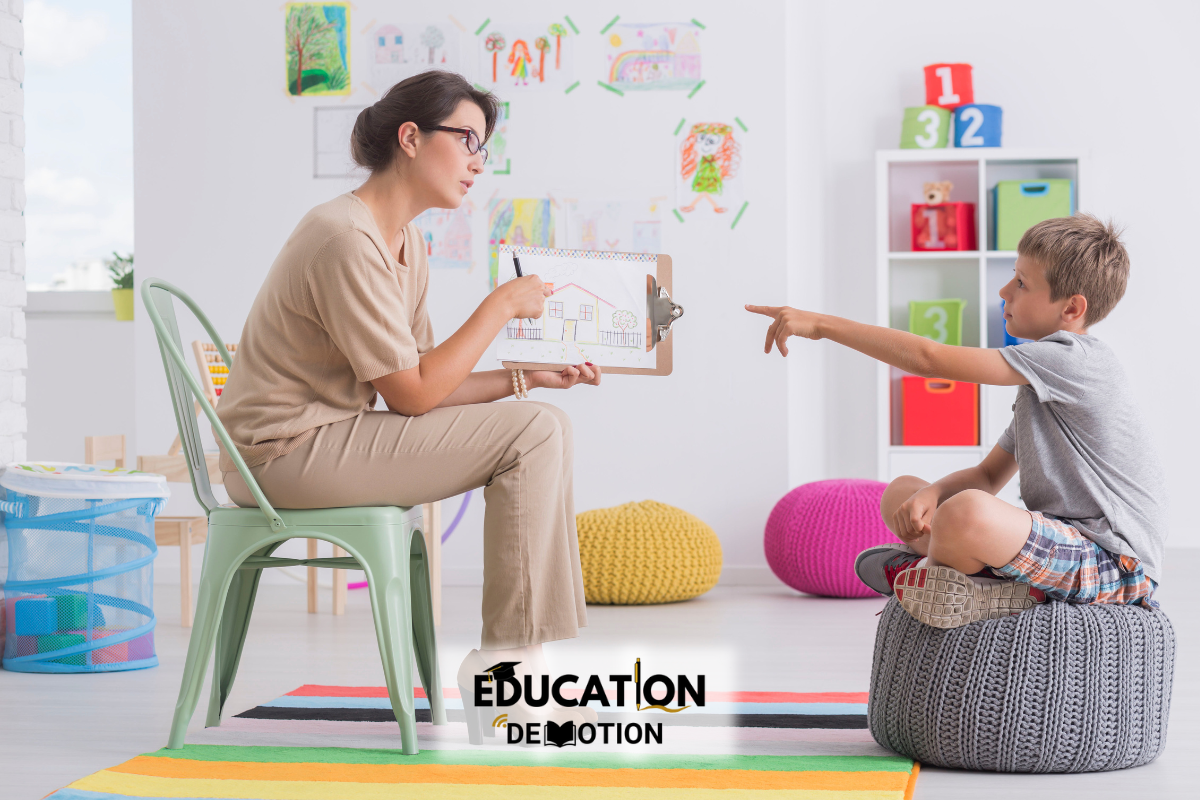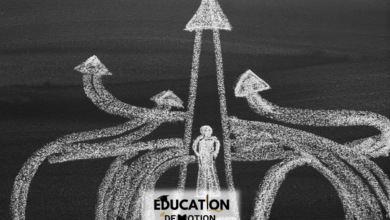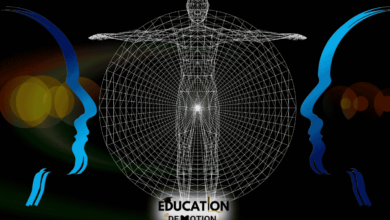Understanding the Effect of Continuity in AP Psychology

In AP Psychology, continuity plays a crucial role in how we perceive the world. This Gestalt principle suggests that our brains prefer smooth, continuous patterns over abrupt changes. Essentially, when we see a series of points or objects aligned in a particular way, we naturally perceive them as a connected whole rather than separate elements.
This concept impacts cognitive processing, learning, and behavior. Understanding continuity helps in fields like education, therapy, and design, where seamless patterns aid comprehension and engagement.
How Does Continuity Affect Perception?
Continuity in AP Psychology is primarily associated with visual perception. Our minds tend to follow a predictable path, avoiding sudden shifts. This principle helps us interpret images, motion, and even language processing smoothly.
1. Visual Processing and Pattern Recognition
When we look at an image, our brains instinctively connect elements that align in a continuous manner. For example:
- A dotted line is perceived as a single path rather than individual dots.
- A road that disappears behind a hill is assumed to continue beyond the visible portion.
- In graphic design, curved or straight lines guide our eyes naturally.
2. Cognitive Flow and Learning
In learning environments, continuity helps students retain information more effectively. Lessons presented in a sequential, connected format are easier to follow and comprehend. A smooth transition between topics enhances knowledge retention.
For instance, in reading, sentences should flow logically to prevent cognitive overload. This applies to both educational settings and psychological therapy, where structured storytelling improves engagement and emotional processing.
Continuity in Psychology and Human Behavior
Beyond perception, continuity influences behavioral psychology and decision-making. People tend to prefer familiar routines and gradual changes over abrupt shifts.
1. Habit Formation and Routine
In behavioral psychology, people are more likely to stick to habits when transitions are gradual. Sudden interruptions in routine often lead to resistance, whereas a continuous approach promotes adaptability.
For example, in therapy, patients undergoing behavioral modification respond better when changes occur progressively, rather than in abrupt steps.
2. Emotional and Social Continuity
Humans seek emotional consistency. A sudden shift in relationships, work environments, or societal structures can cause distress. This is why smooth communication and steady social interactions foster trust and stability.
Additionally, in branding and marketing, companies use continuity to build customer loyalty. Consistent messaging creates brand recognition and emotional connection.
Real-Life Applications of Continuity in AP Psychology
1. Education and Instructional Design
Educators use continuity to structure lesson plans and teaching strategies. Concepts taught in a progressive manner ensure students grasp complex topics more efficiently.
2. Therapy and Mental Health
Cognitive-behavioral therapy (CBT) often relies on continuity. Patients work through problems in small, connected steps, reducing overwhelming emotions and making therapy more effective.
3. Advertising and UX Design
In marketing, continuity keeps users engaged. Websites, advertisements, and social media campaigns use smooth visual and content transitions to create a seamless user experience.
Final Thoughts on effect of continuity in AP Psychology
The effect of continuity in AP Psychology is evident in perception, learning, and behavior. It shapes how we interpret information, form habits, and engage with our surroundings. Whether in education, therapy, or design, continuity enhances understanding, retention, and user experience.
By leveraging this principle, we can create more effective learning environments, build better habits, and improve human interactions. Understanding how continuity influences the mind allows us to develop strategies that enhance psychological well-being and cognitive development.




